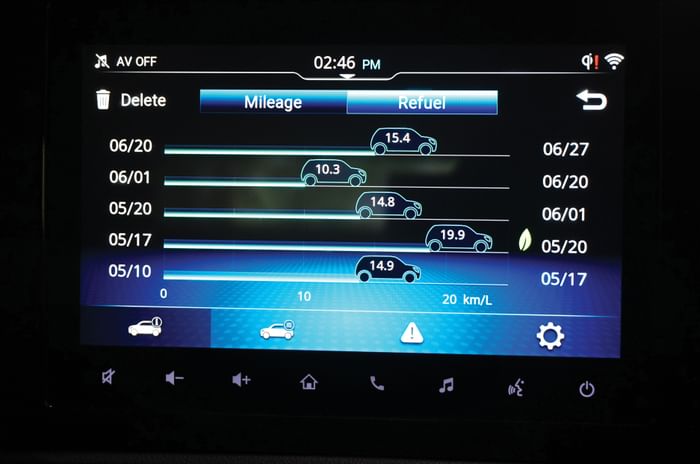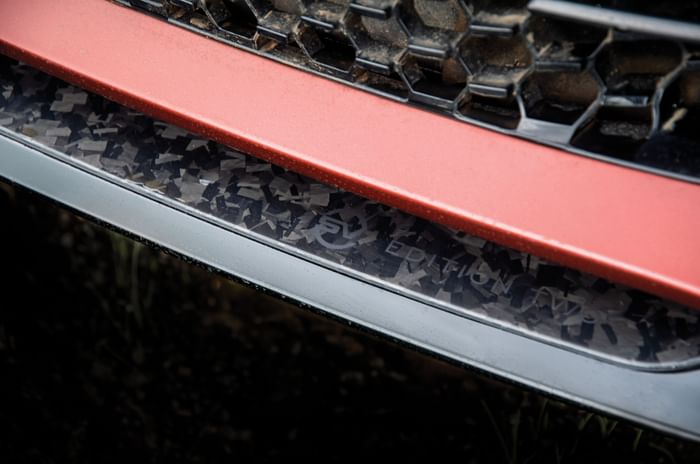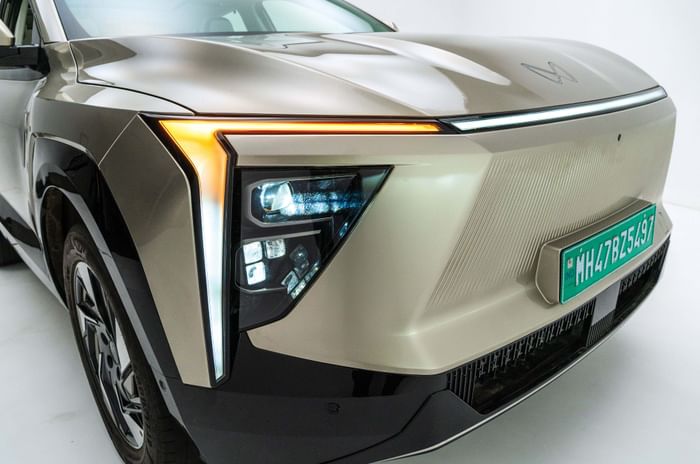
We spend some quality time with the Skoda Elroq – one of our favourite family EVs on the market…
The last time I tested a Skoda EV was in 2021. It was the impressive Enyaq – the brand’s first electric car.
Apart from a “coupe” version of the Enyaq, there’s been nothing else on the zero-emissions front until the 2025 launch of its little brother, the Elroq.
Priced from a competitive £31,510, it’s about the same size as a Nissan Qashqai, and its many all-electric SUV rivals include everything from the Volvo EX30 and Ford Explorer to the Kia EV3 and Renault Scenic E-Tech.

I’ve just spent a week with the Elroq, and it’s clear that Skoda has another success on its hands.
First impressions are great. It’s a nicely-proportioned, sharp looking car, featuring the Czech manufacturer’s new styling direction called “Modern Solid”, which includes a “Tech-Deck” face.
While it’s shorter than the Enyaq, the Elroq’s wheelbase is almost the same, meaning that there’s ample space front and back for adults.
In fact, right from the moment I adjusted the driving seat, I knew I was going to like the Elroq. Unlike most EVs where I feel perched, I could lower the seat to my preferred position.

Vitally, this ability to sit lower in the car makes you feel more involved in the driving experience.
As you’d expect in a Skoda, there are plenty of smaller storage spaces too, while the boot is a decent 470 litres, expanding to 1,580 litres with the rear sets folded down.
Overall, it’s a stylish, well-built interior, even if it’s on the minimalist side when it comes to the dashboard. Apart from a row of buttons below the air vents, and the multi-function steering wheel, everything is controlled via the central touchscreen.
Swiping and prodding any screen on the move isn’t safe, so sticking essentials such as climate control in there makes no sense. Rant over.

The Elroq is offered in four trims: SE, SE L, Edition and SportLine, plus the performance-focused, range-topping vRS. As well as this, you’ll have to choose from various battery and electric motor configurations.
The options range from the entry-level 50 model with a 52kWh battery and 168bhp motor that produces 310Nm of torque. That’s sufficient for a 0-60mph acceleration time of 8.7 seconds.
Next up is the Elroq 60 with a 59kWh battery, 201bhp motor and 310Nm of torque. That’s good for a 0-60mph sprint of 7.7 seconds.
Then there’s the Elroq 85 complete with a 77kWh battery and 282bhp motor, generating a potent 545Nm of torque, which is enough for a very brisk 0-60mph time of 6.4 seconds.

For the record, the vRS has twin motors and a 5.2-second sprint time.
Finally, it’s worth noting that all Elroq models, except for the vRS, are rear-wheel drive.
It’s no surprise that the Elroq is quick off the mark, but it’s range that matters for most.
Depending on the model chosen, according to the claimed figures, range varies from 232 miles (Elroq SE 50) to 355 miles, for my test car – the Elroq Edition 85.

On the road, the soft suspension gives the Elroq a comfortable if slightly floaty, ride, though it only becomes unsettled over bigger bumps.
Progress is refined and parking is a doddle thanks to light steering, good all-round visibility, a tight turning circle, and the various electronic aids.
Push on and there’s surprisingly little body lean on twisty roads, but it’s clearly set up more for comfort than driving engagement – even with the ability to sit lower in the car.
Also, the brakes are fine, but on the spongey side, while front-end grip is fine in the dry, but might be more challenging in slippery conditions. In other words, it’s at its best cruising along.

If you fancy experimenting, the drive modes available include Normal, Eco, Sport and Individual, which allow for customisation of settings such as engine response, steering and suspension. As ever, Normal offers the best combination of performance and efficiency, while Eco is sensible for long motorway runs and Sport spices things up a little for short bursts.
There also an optional DCC (Dynamic Chassis Control) with Normal, Comfort, Sport and Custom settings. It features adjustable dampers that vary the level of ride firmness, but I suspect most buyers will be happy with the standard-set-up.
All but entry-level models get paddles on the steering wheel to adjust the level of regenerative braking, plus there’s a “B” mode on the gear selector, which is useful for eking out extra miles on long downhill stretches of road, for instance.
A 10-80% rapid charge is possible in around 30 minutes across the line-up, and of course it’ll charge overnight if you have a home connection.

Claimed efficiency for my test car was 4.1 miles per kWh. On a long run I got close to 4.0, and at worst during my week I achieved 3.2. So, driven sensibly, it’s one of the more efficient EVs on the market. In city driving, a range north of 300 miles is possible, but on mixed roads you’re probably looking at a real-world range closer to 275 miles.
Ultimately, the Skoda Elroq is an impressive all-round package and represents great value for money.
Verdict: Skoda has another winner on its hands with the electric Elroq compact SUV. Stylish, spacious, safe, comfortable and easy to drive, it’s affordable and has a decent range.
Skoda UK









